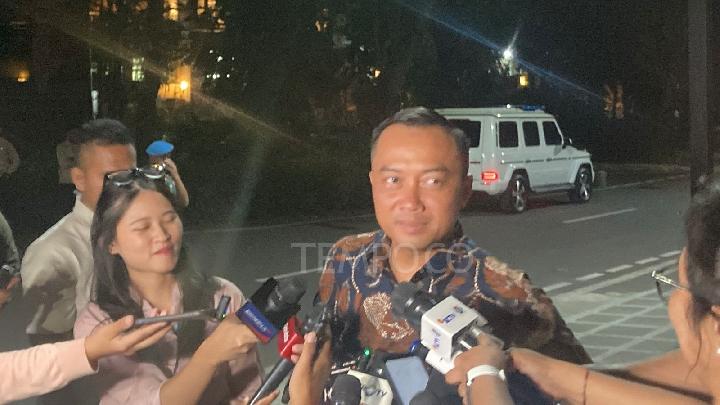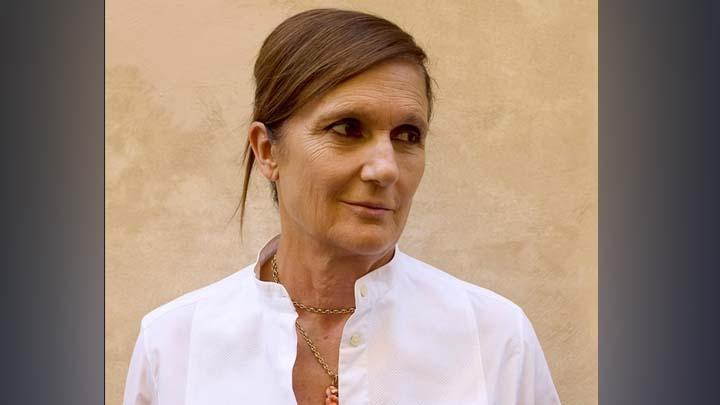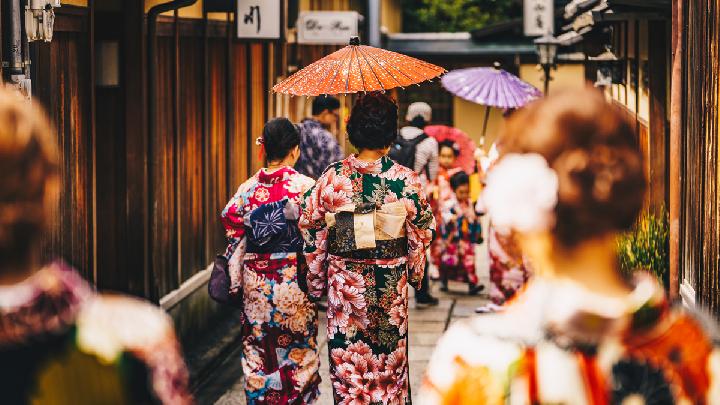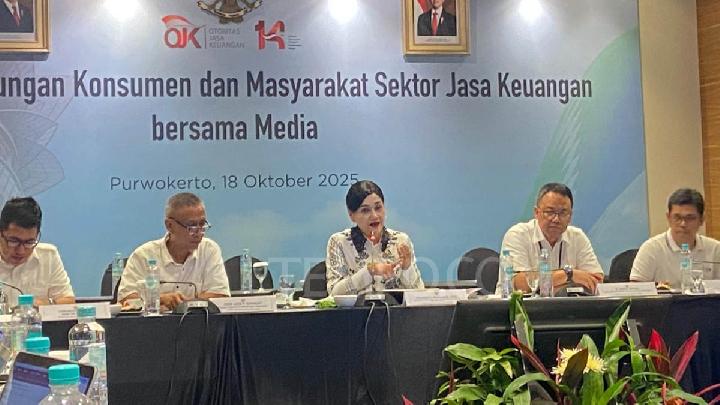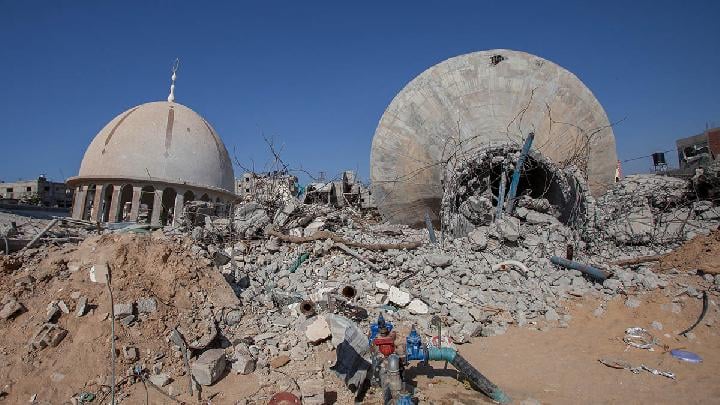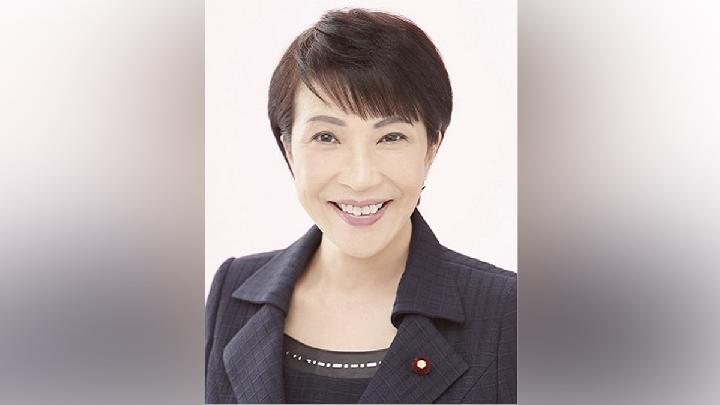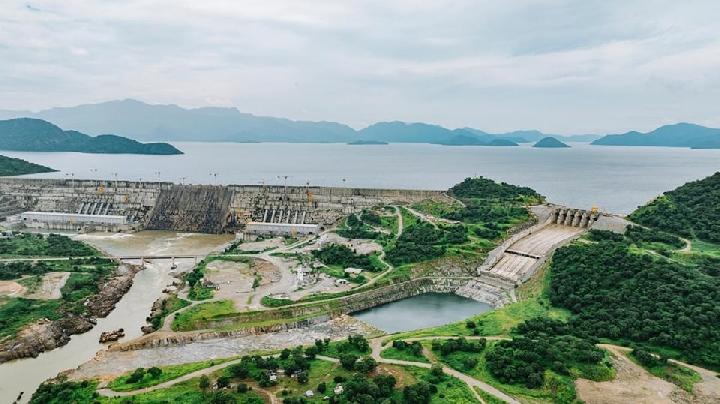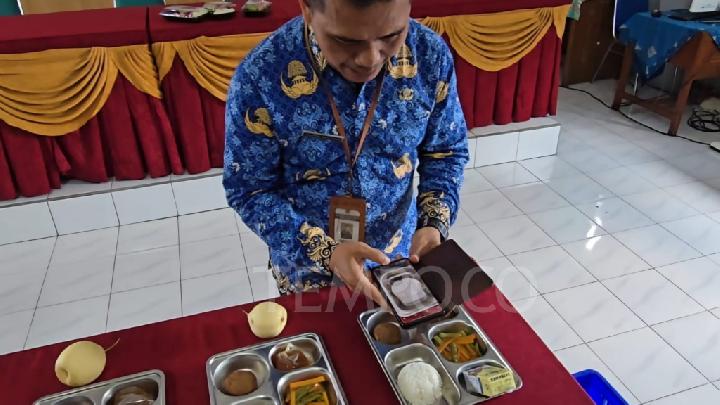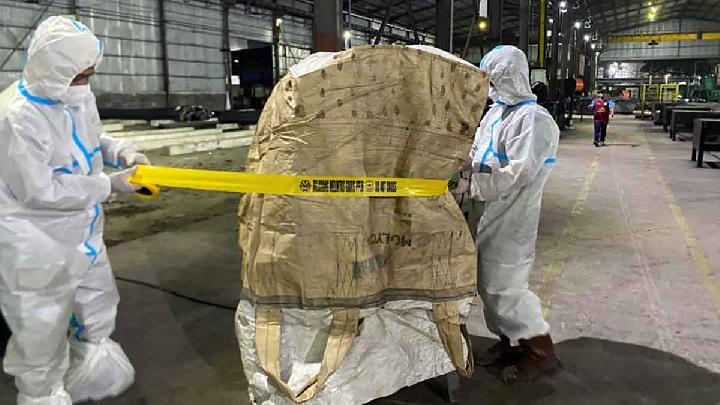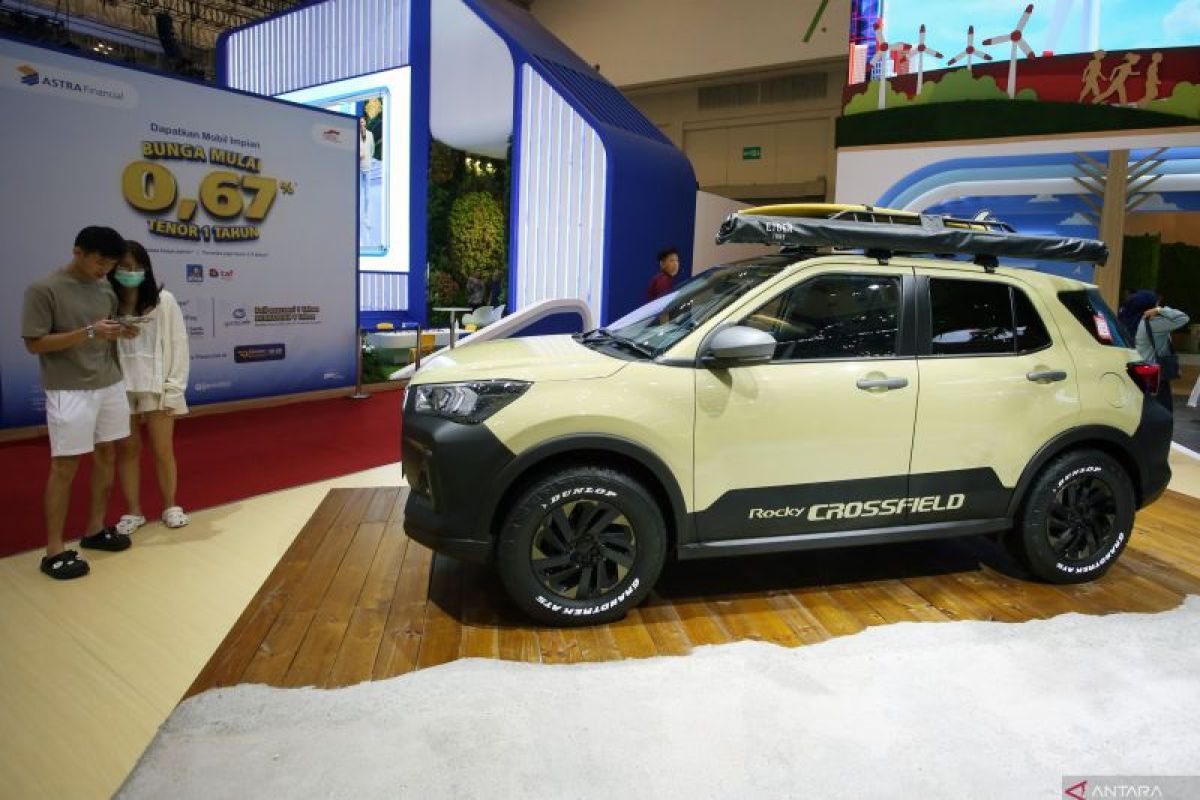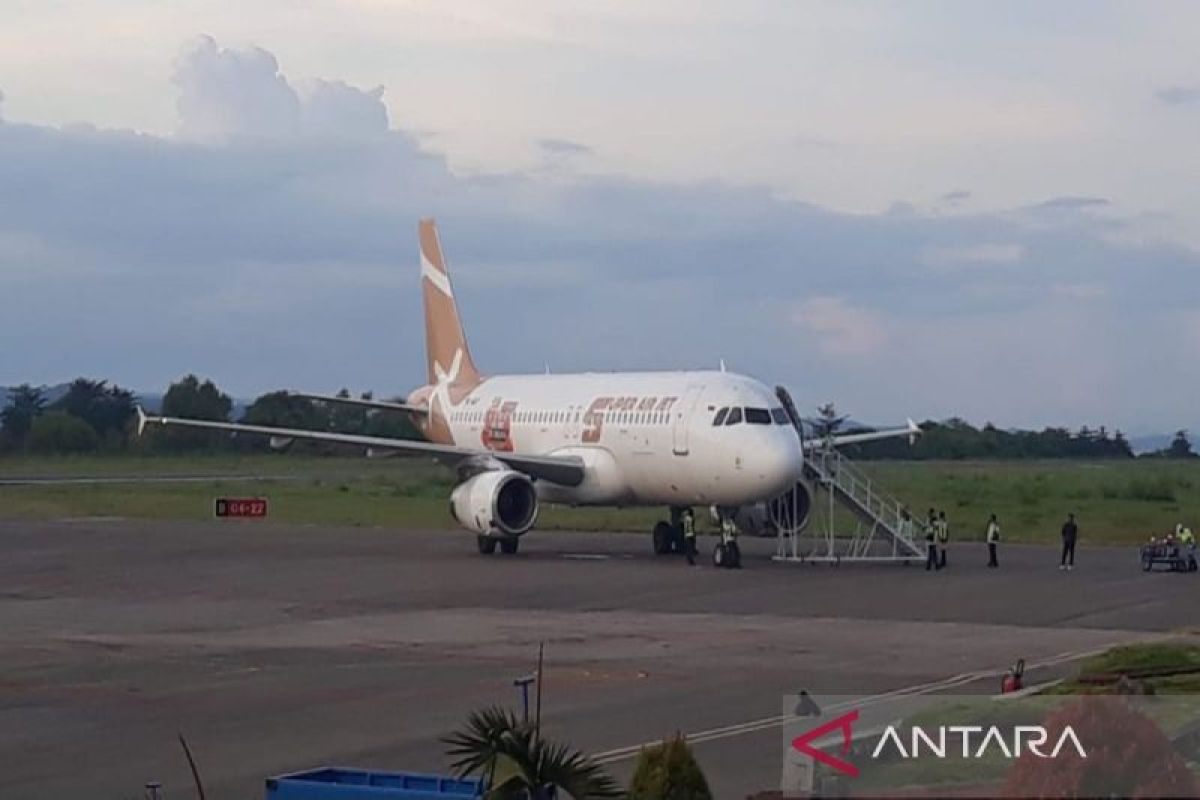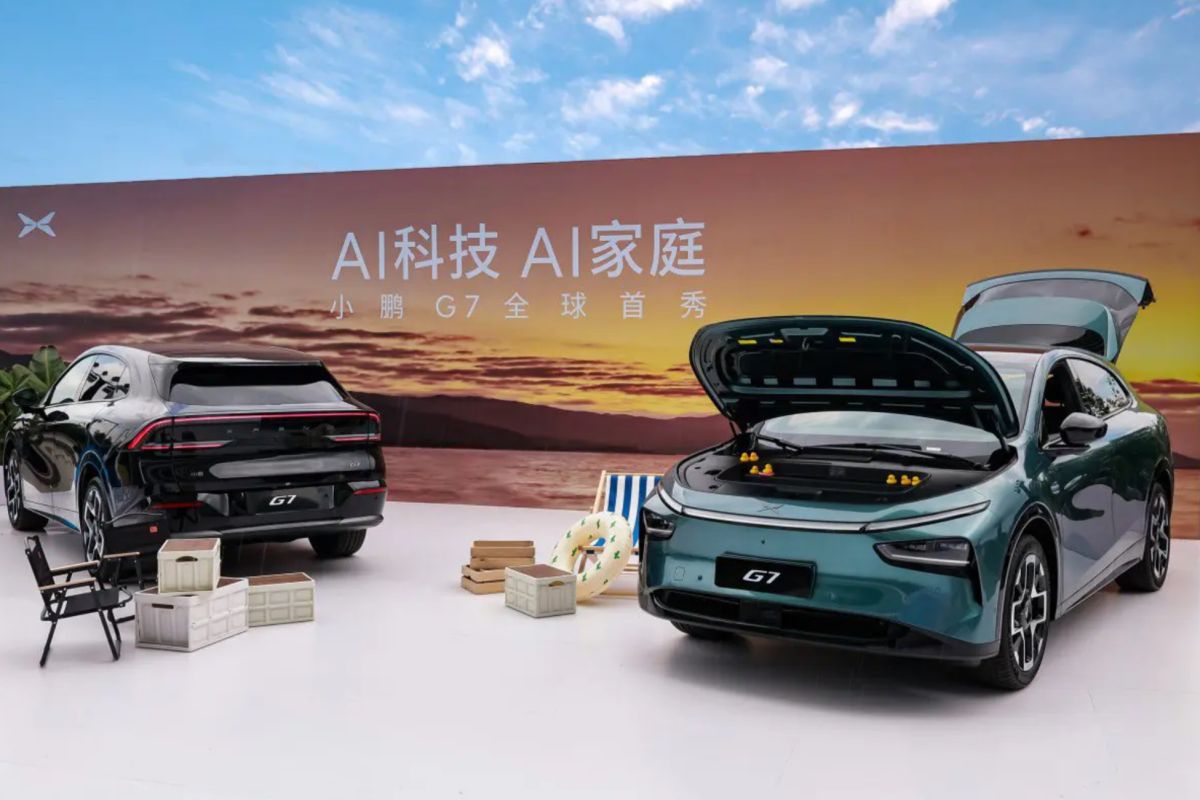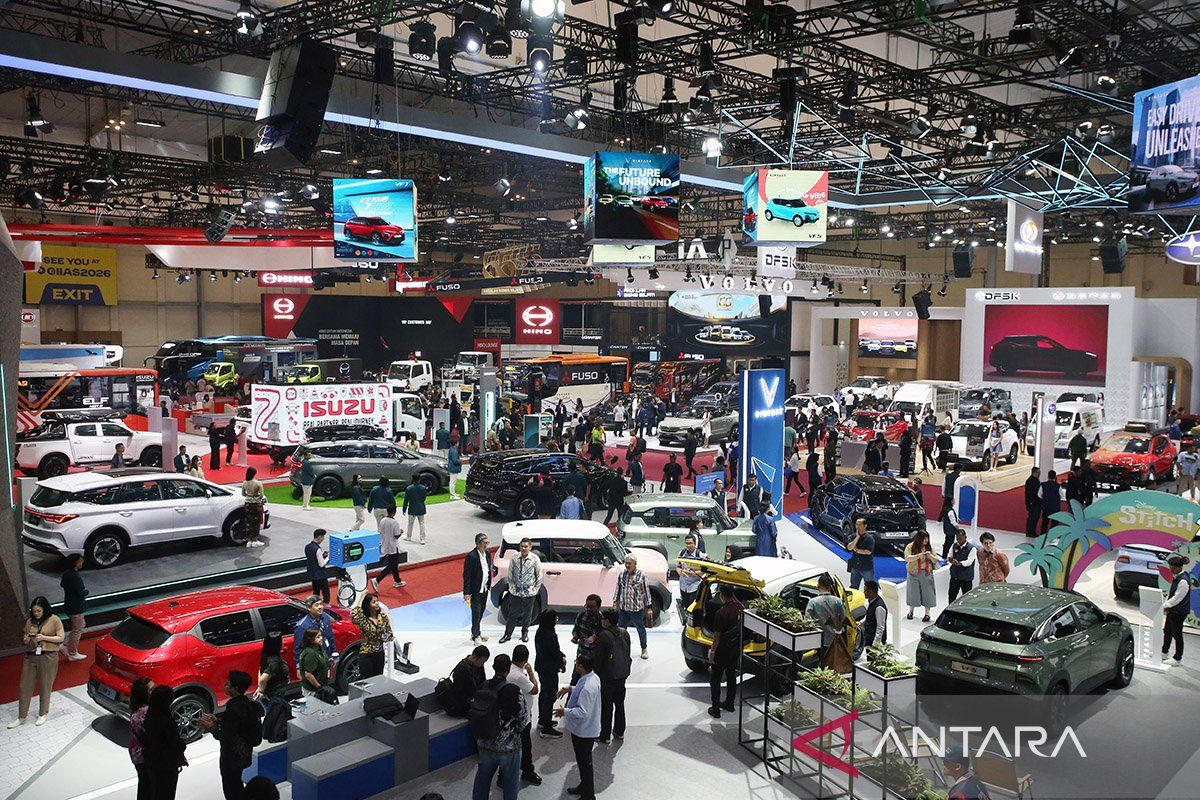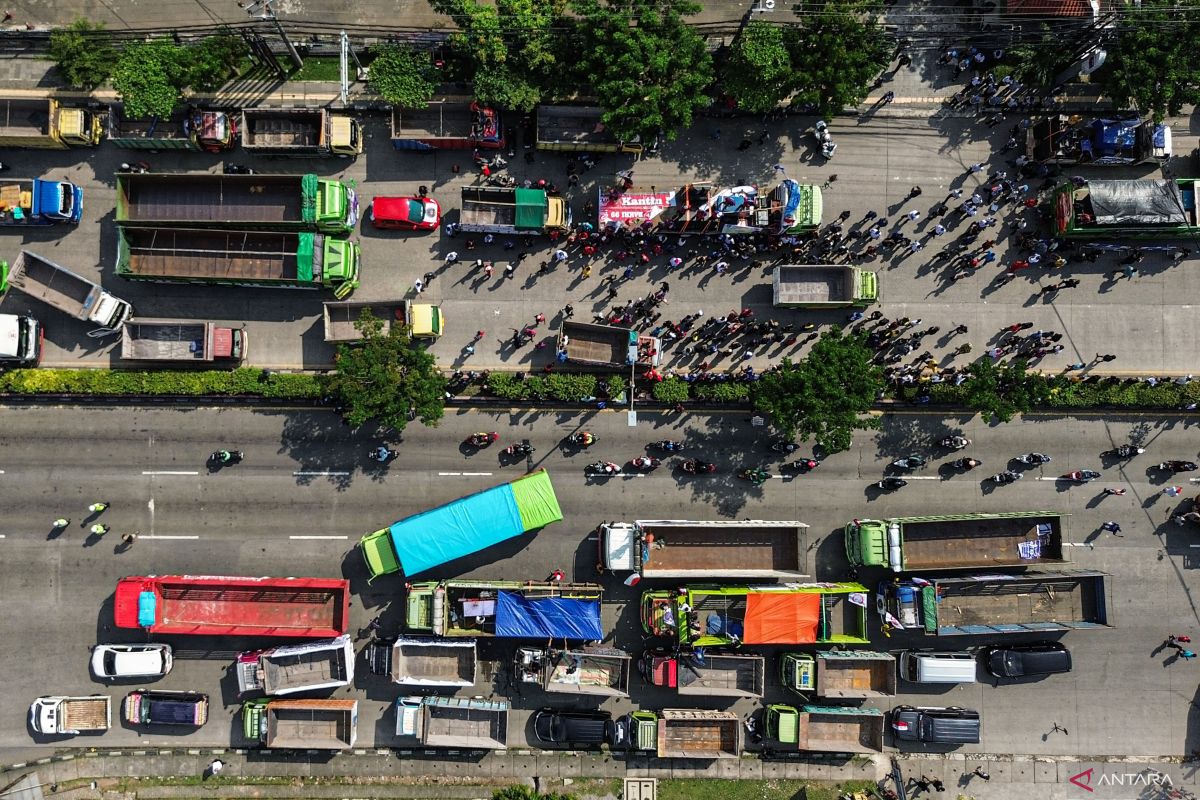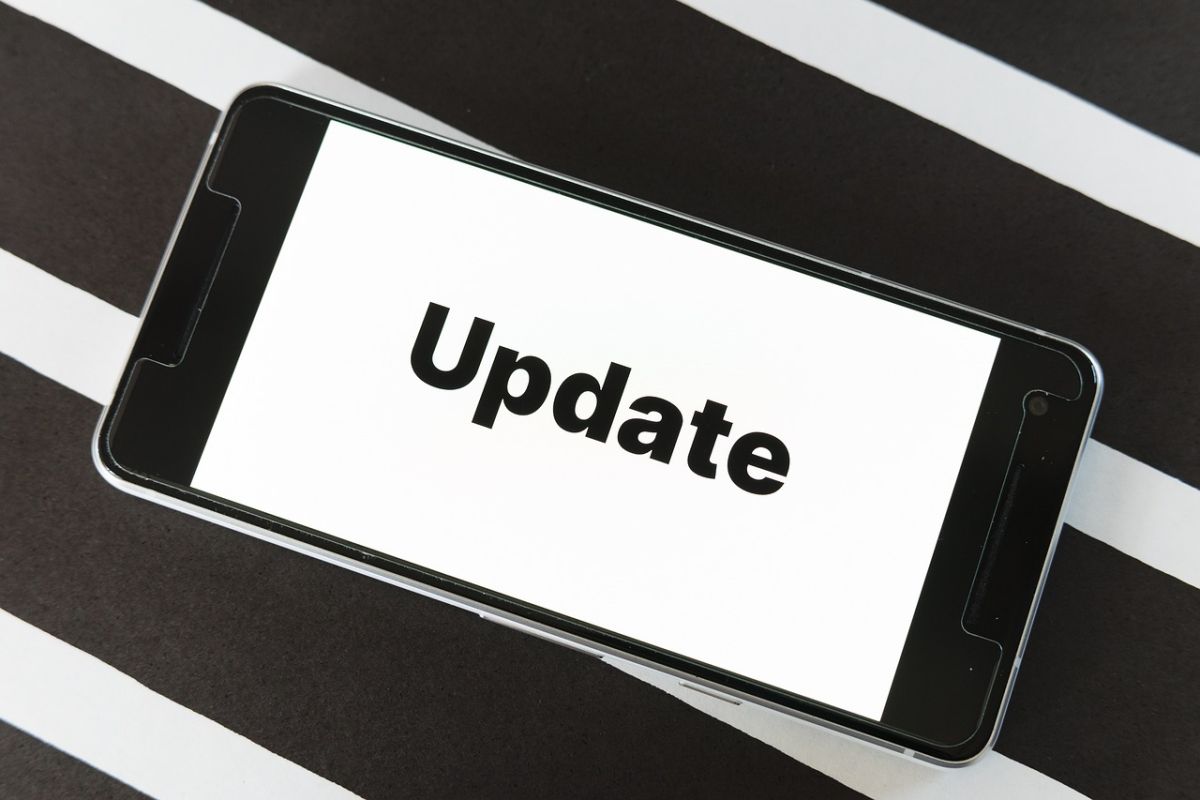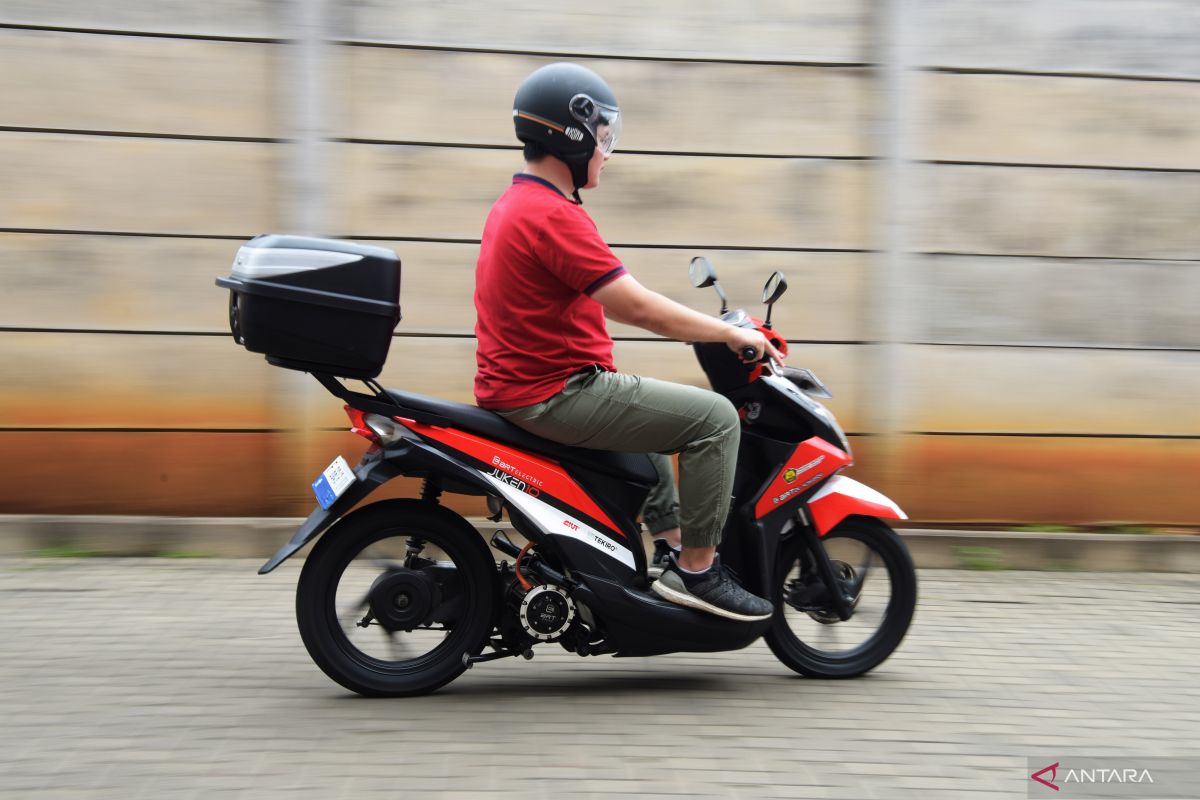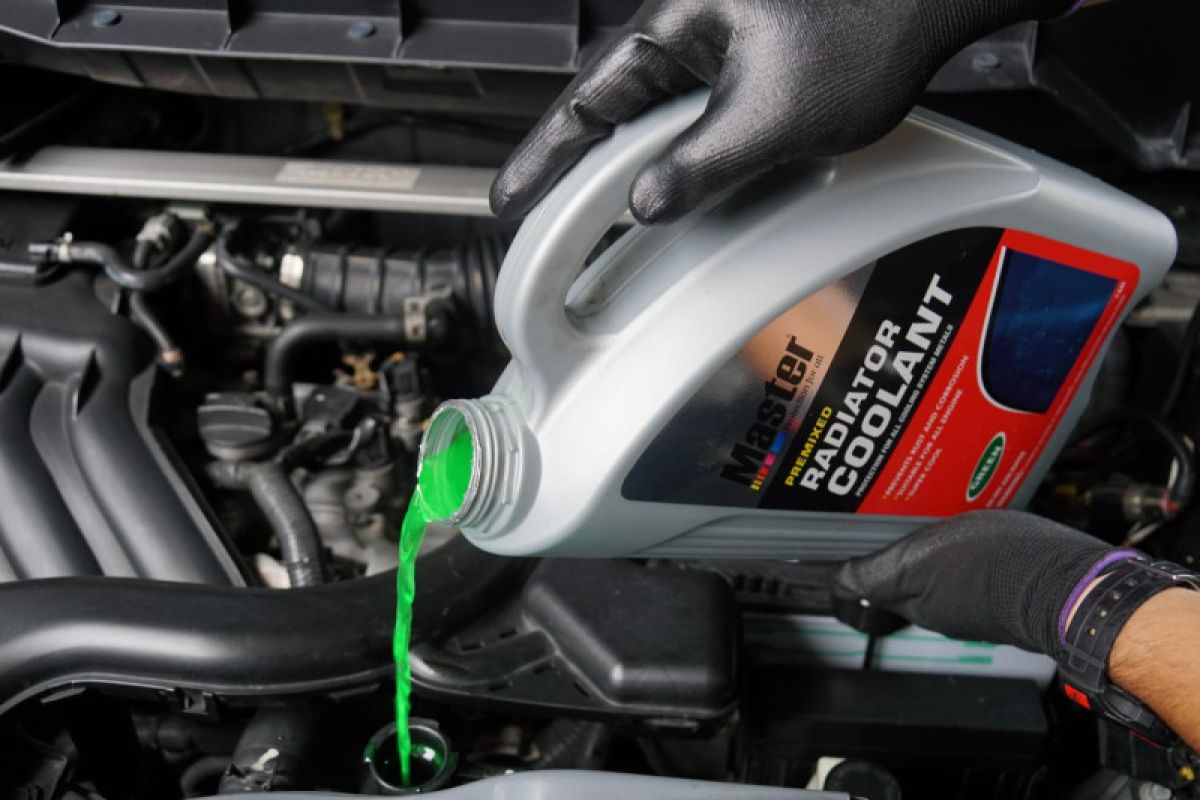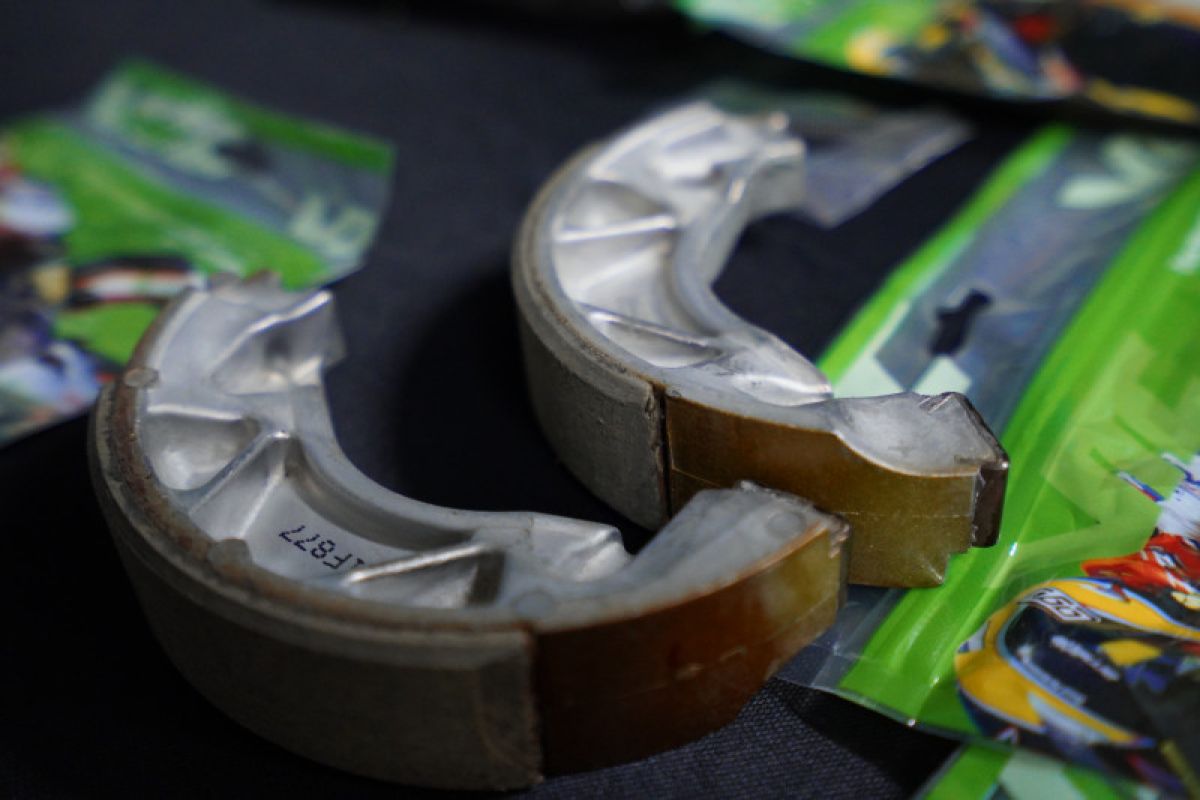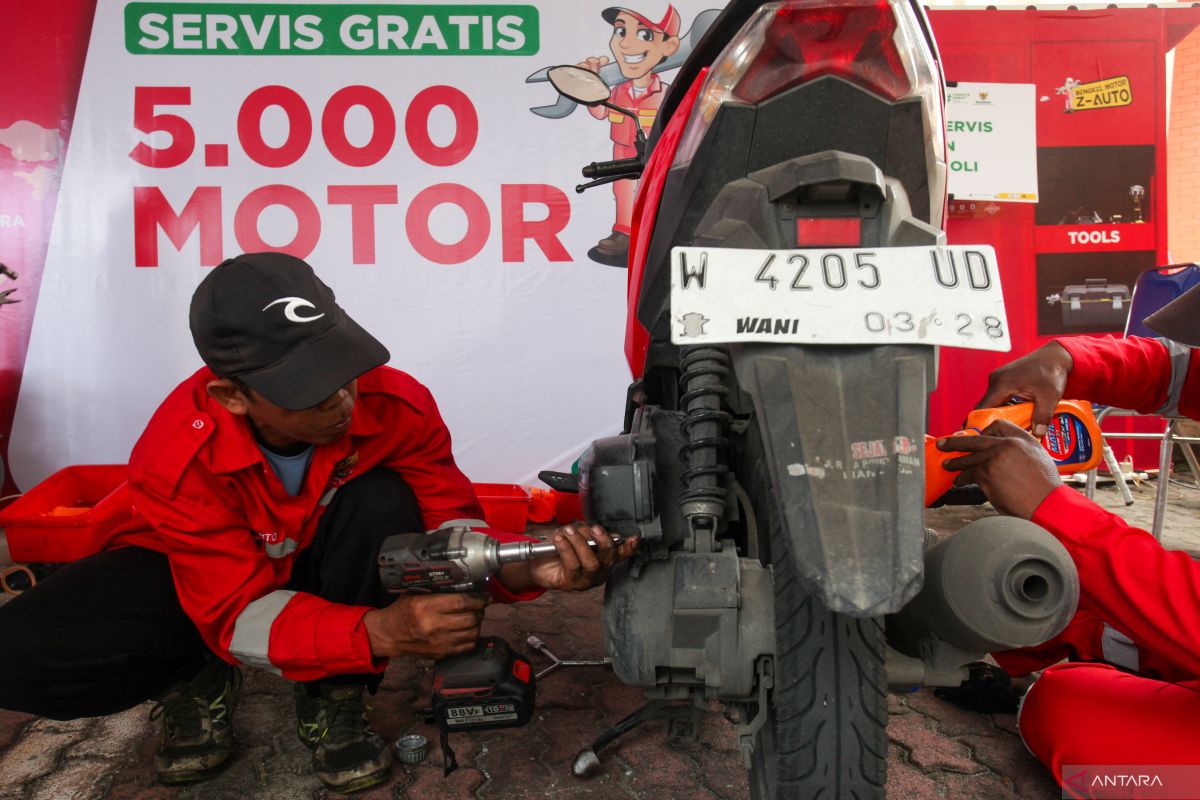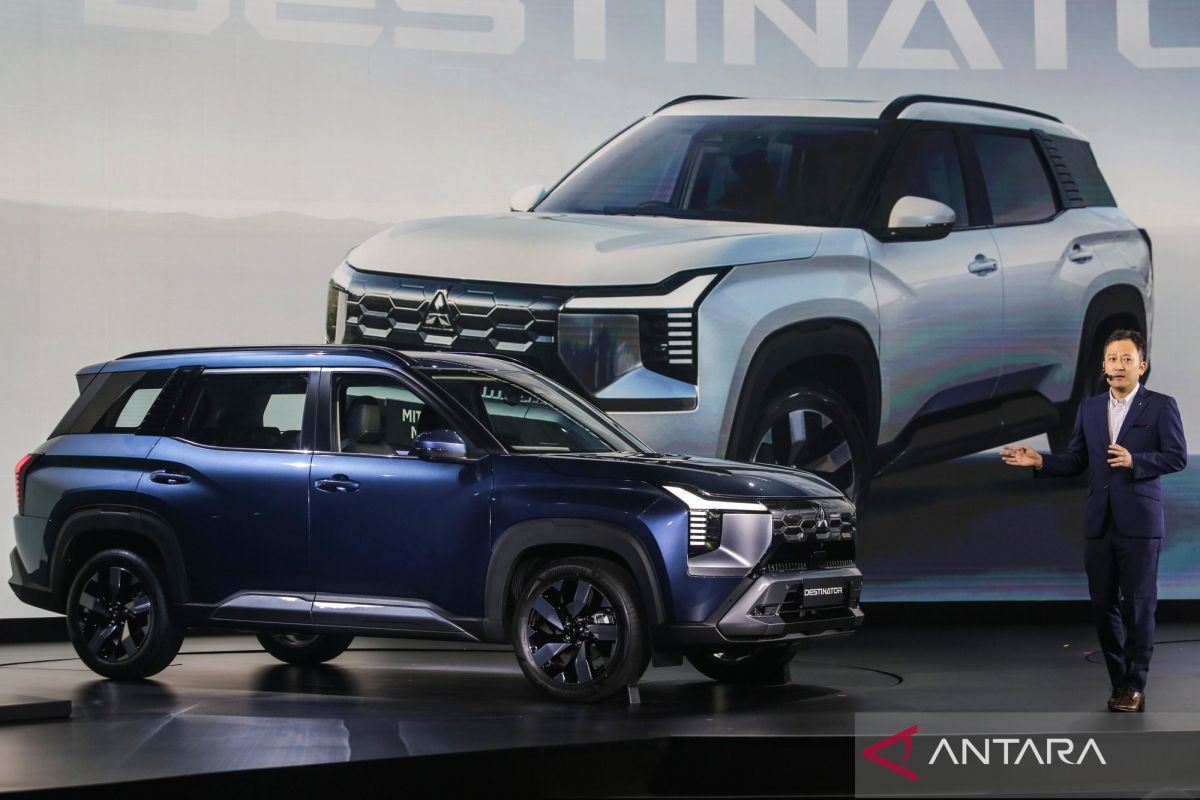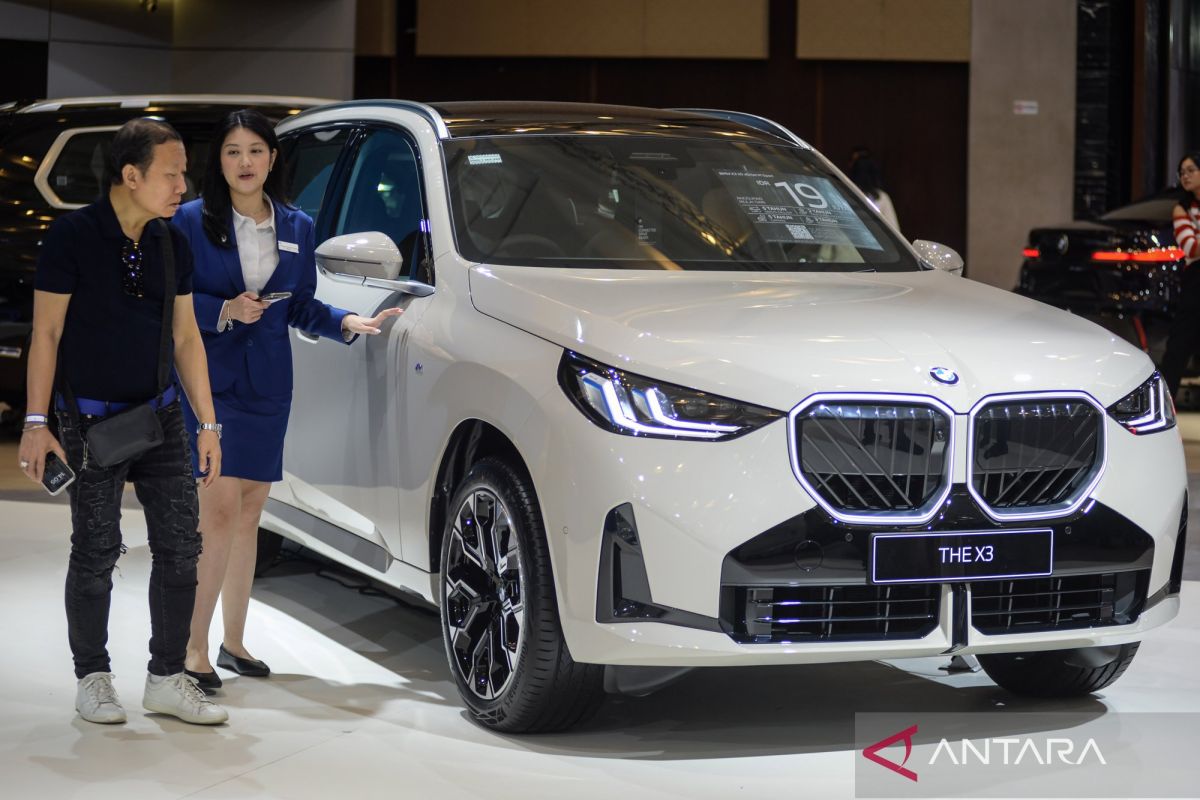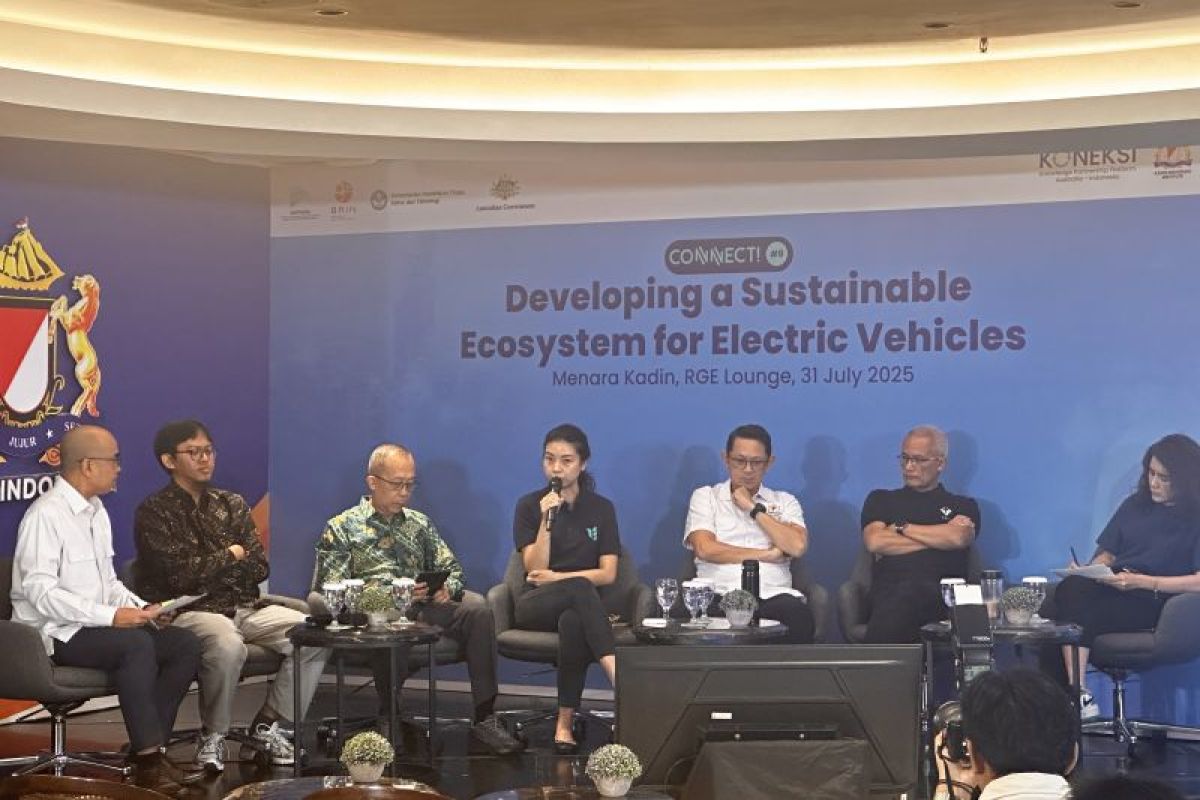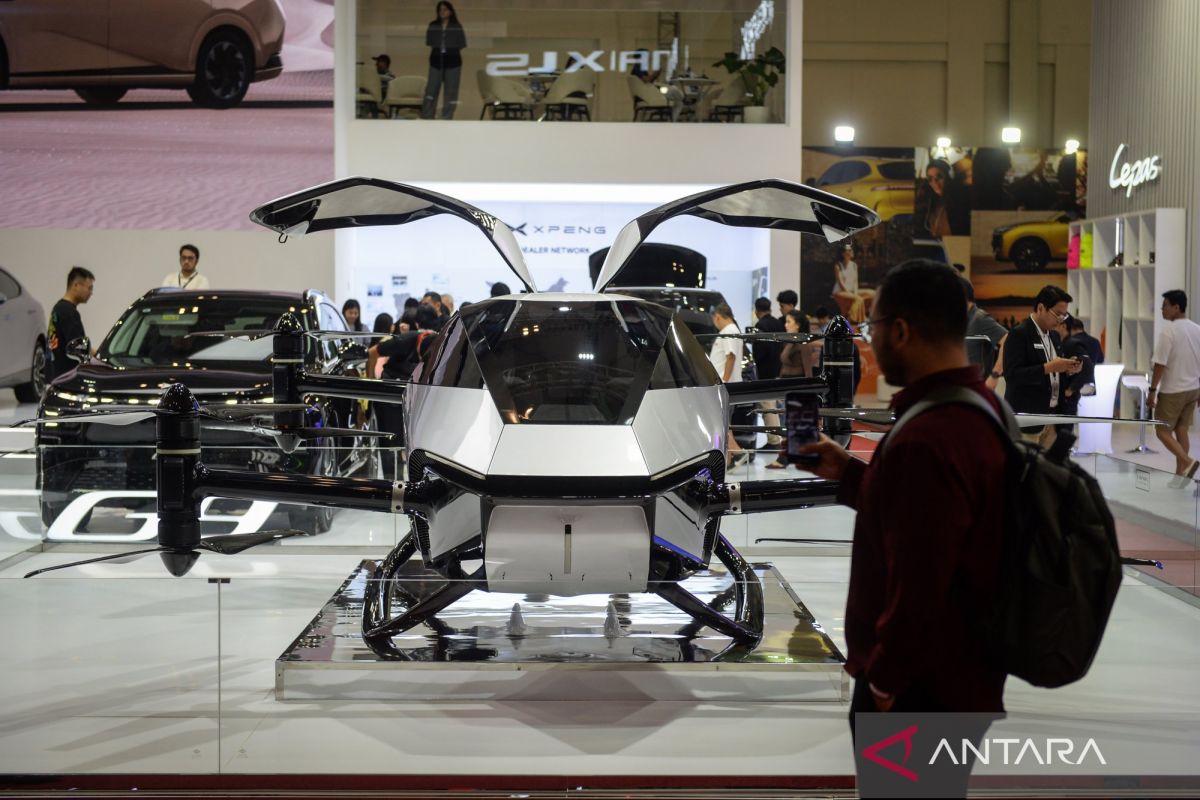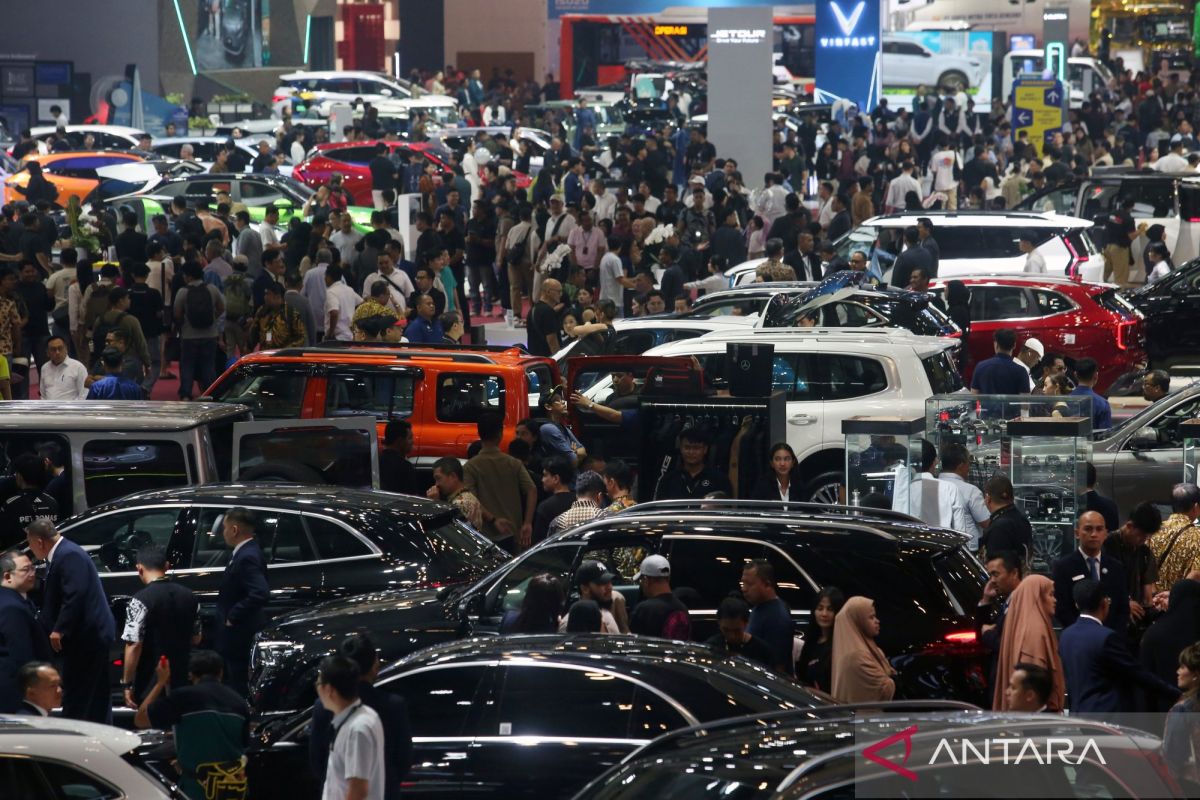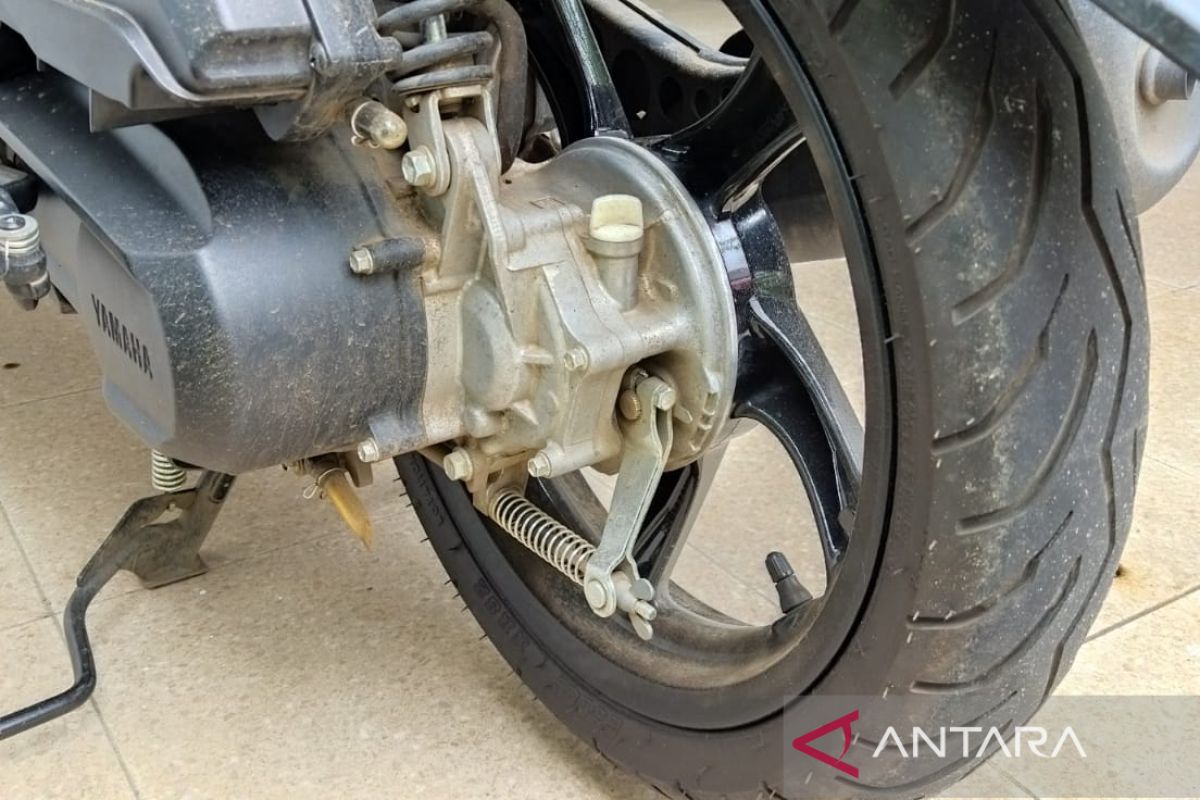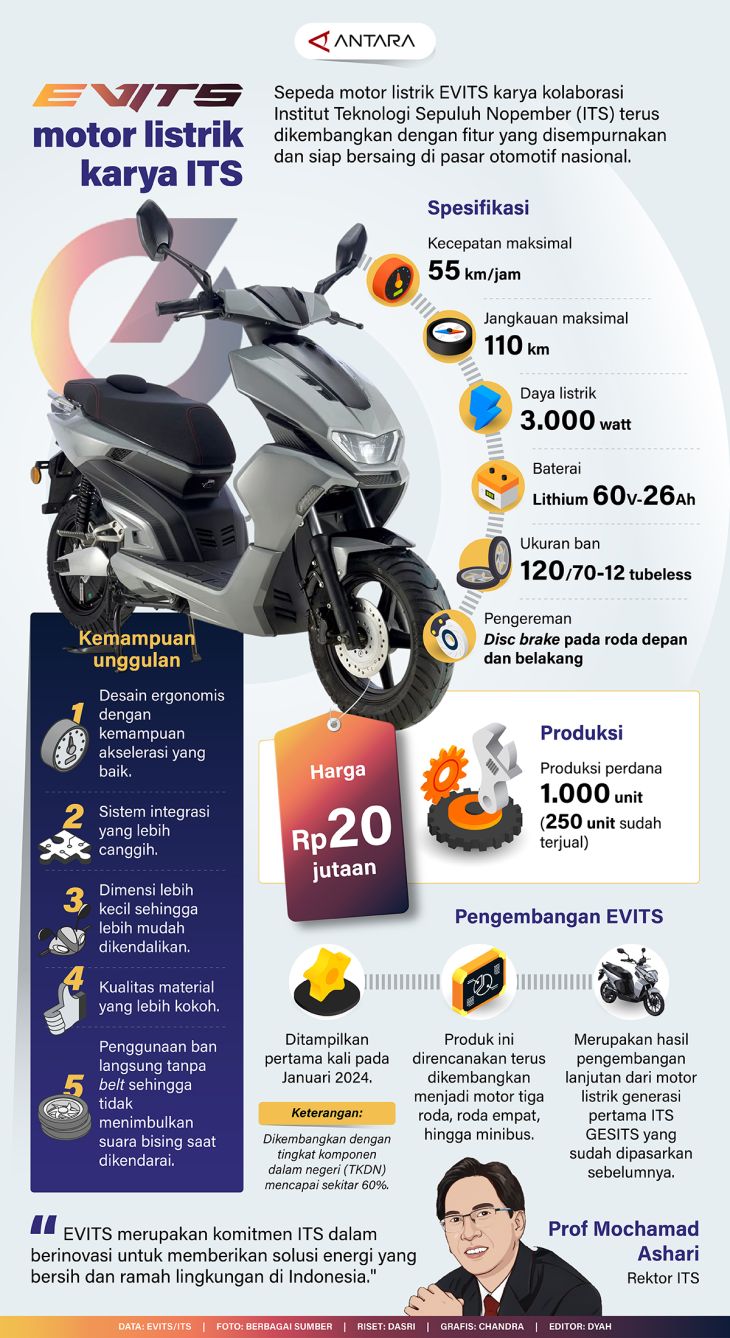TEMPO.CO, Jakarta - Economist Piter Abdullah has called on the government to proceed with caution before finalizing the planned 8 to 15 percent increase in online motorcycle taxi (ojol) fares. He emphasized that any fare change, whether an increase or decrease, carries consequences that must be carefully considered.
Piter argued that the policy may not necessarily benefit drivers and could potentially discourage users from continuing to use the app-based service.
"The fare increase must have a clear goal. For whom is this increase? If it burdens passengers but does not guarantee an increase in driver income, then it is not a wise policy," said Piter, as quoted by Antara on Tuesday, July 1, 2025.
The Ministry of Transportation recently announced a fare hike of 8 to 15 percent for online motorcycle taxis. Director General of Land Transportation Aan Suhanan said the plan is in its final stages.
"This is not a decision that has been finalized. We will continue to discuss further with the application providers and representatives of the online motorcycle driver association," Aan said on Tuesday, July 1.
Under Review
PT GoTo Gojek Tokopedia (GOTO) is currently reviewing the proposed fare adjustment in collaboration with the Ministry of Transportation. Ade Mulya, Director of Public Affairs and Communications at GOTO, said the review is aimed at ensuring that the final decision benefits all parties involved.
"Gojek ensures that all fare determinations comply with the government's regulations," said Ade in an official statement on Wednesday, July 2.
He added that Gojek remains committed to offering competitive fares while also taking into account the public’s purchasing power during the current economic climate.
Concerns About the Digital Ecosystem
Maxim Indonesia's Government Relation Specialist, Muhammad Rafi Assagaf, also voiced concern, warning that the fare increase might hinder the development of the digital ecosystem.
"The government needs to consider its impact on the digital ecosystem that is currently developing," said Rafi in a written statement on Wednesday, July 2.
He urged the Ministry of Transportation to take into account both consumer needs and the long-term welfare of driver partners. "The government also needs to consider the current unfavorable economic situation," he said.
Criticism from Drivers' Association
The General Chairperson of the Online Motorcycle Driver Association Garda Indonesia, Igun Wicaksono, urged the government to first push for a 10 percent reduction in service fees taken by app providers before considering fare increases.
According to Igun, raising fares alone will not solve existing problems. Instead, he fears it could reduce customer numbers and eventually lower driver income.
For instance, Igun noted that customers are becoming more price-sensitive and may shift to more affordable alternatives. "Meanwhile, the number of online motorcycle drivers with current customers is already imbalanced. There is a greater supply than demand," he said on Tuesday, July 1.
A similar view was shared by Muhammad Anwar, a researcher at the Institute for Demographic and Affluence Studies (IDEAS). He argued that raising fares does not address the core issue and instead shifts the burden to consumers.
"The application providers will profit because the 20 percent deduction is still calculated from a higher fare," said Anwar in a written statement on Tuesday, July 1.
Background of the Fare Adjustment
The planned fare increase follows demands made by driver groups during a protest on May 20, 2025. Representatives of the driver association voiced their concerns to members of parliament, highlighting large deductions by app providers and fares they considered too low to sustain a decent income.
According to Aan, the fare adjustment will be implemented based on three regional zones established by the Minisrty of Transportation, with increases ranging from 8 to 15 percent.
Fare Zoning System
Zone I includes Sumatra, Java (excluding Jabodetabek), and Bali. In this area, the lower service cost is Rp1,850 per kilometer, the upper limit is Rp2,300 per kilometer, and the minimum fare ranges from Rp9,250 to Rp11,500.
Zone II covers the Jabodetabek region, with a lower fare of Rp2,600 per kilometer, an upper limit of Rp2,700 per kilometer, and a minimum fare between Rp13,000 and Rp13,500.
Zone III includes Kalimantan, Sulawesi, Nusa Tenggara, Maluku, and Papua. Here, fares range from Rp2,100 to Rp2,600 per kilometer, with minimum fares between Rp10,500 and Rp13,000.
Haura Hamidah, Riri Rahayuningsih also contributed to the writing of this article.
Editor's Choice: Maxim Warns Fare Hike Could Hurt Ride-Hailing Demand and Driver Income
Click here to get the latest news updates from Tempo on Google News

